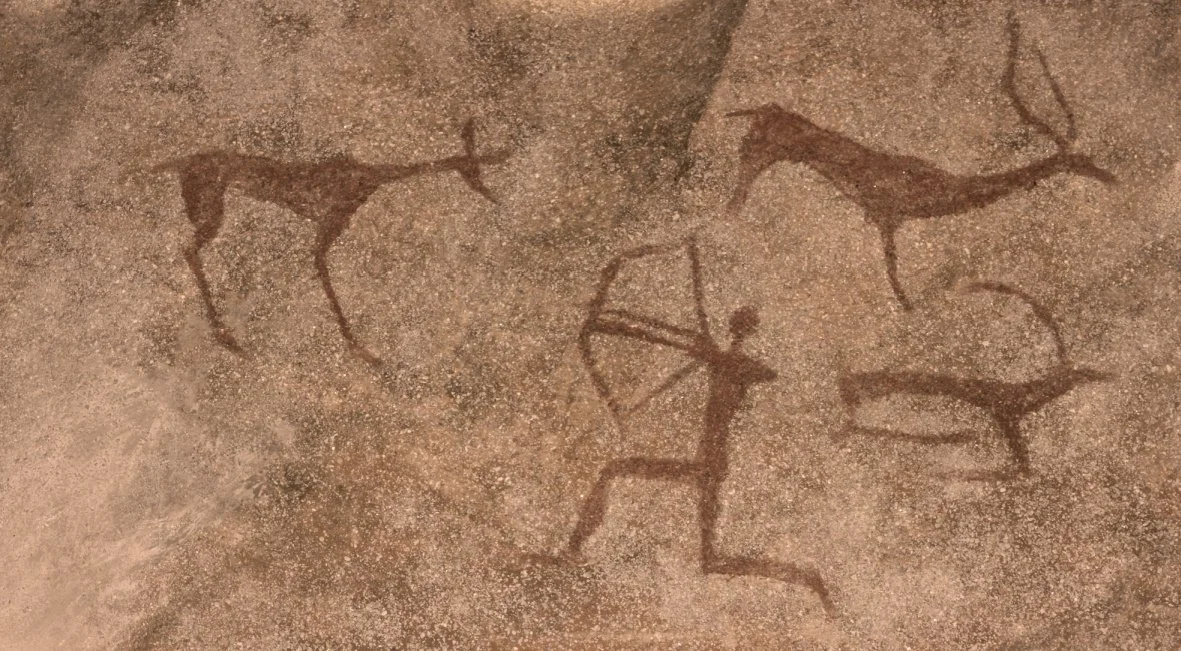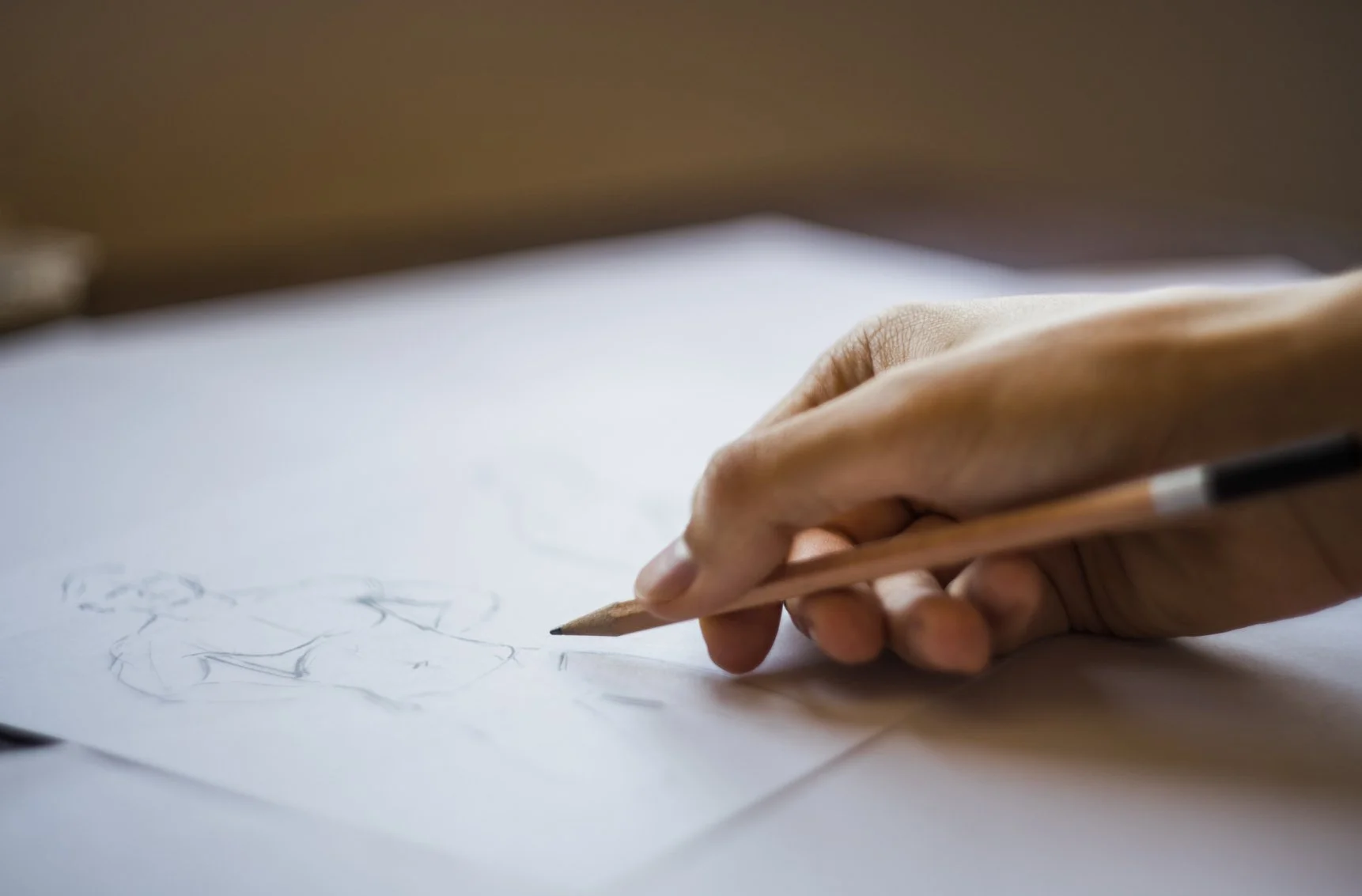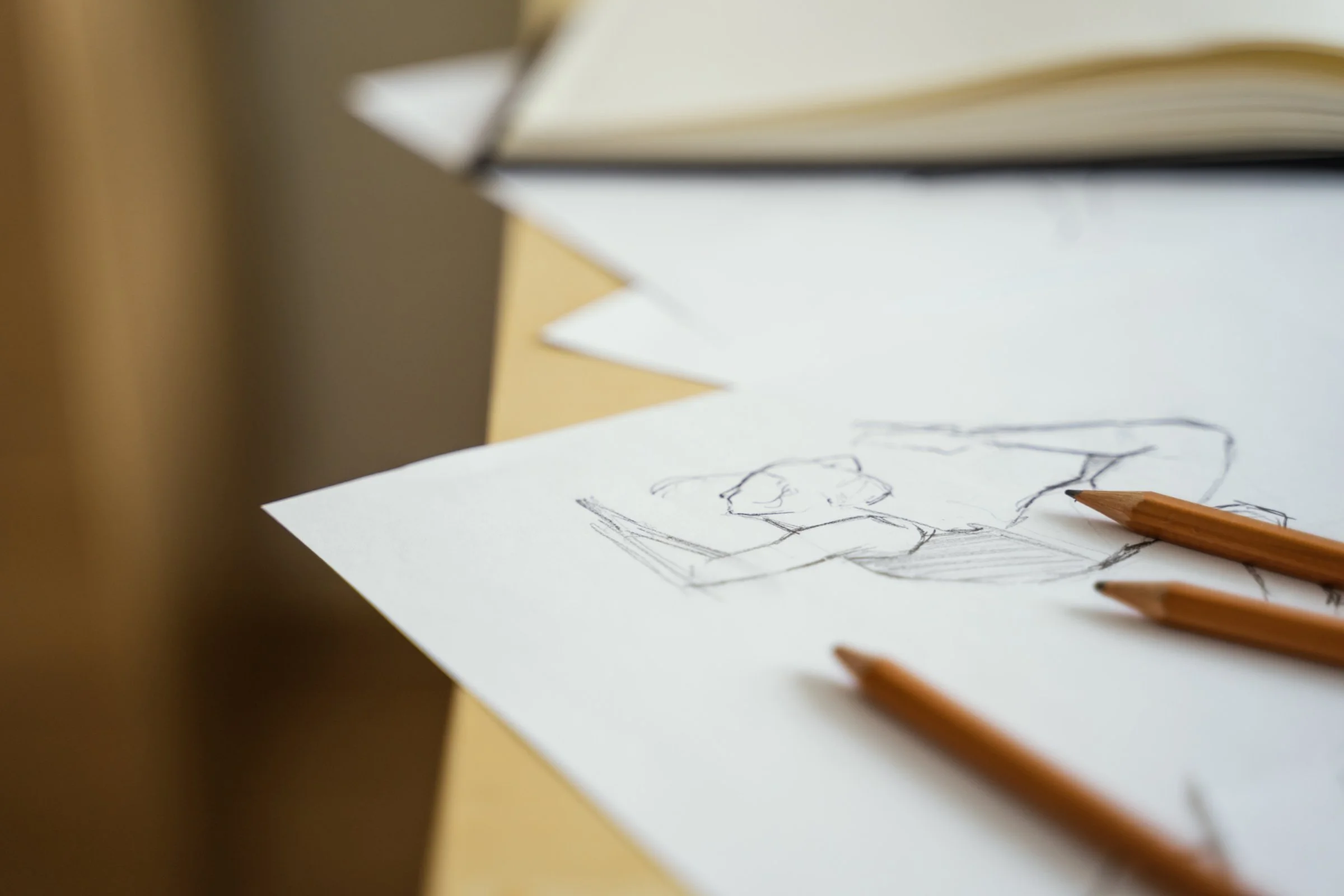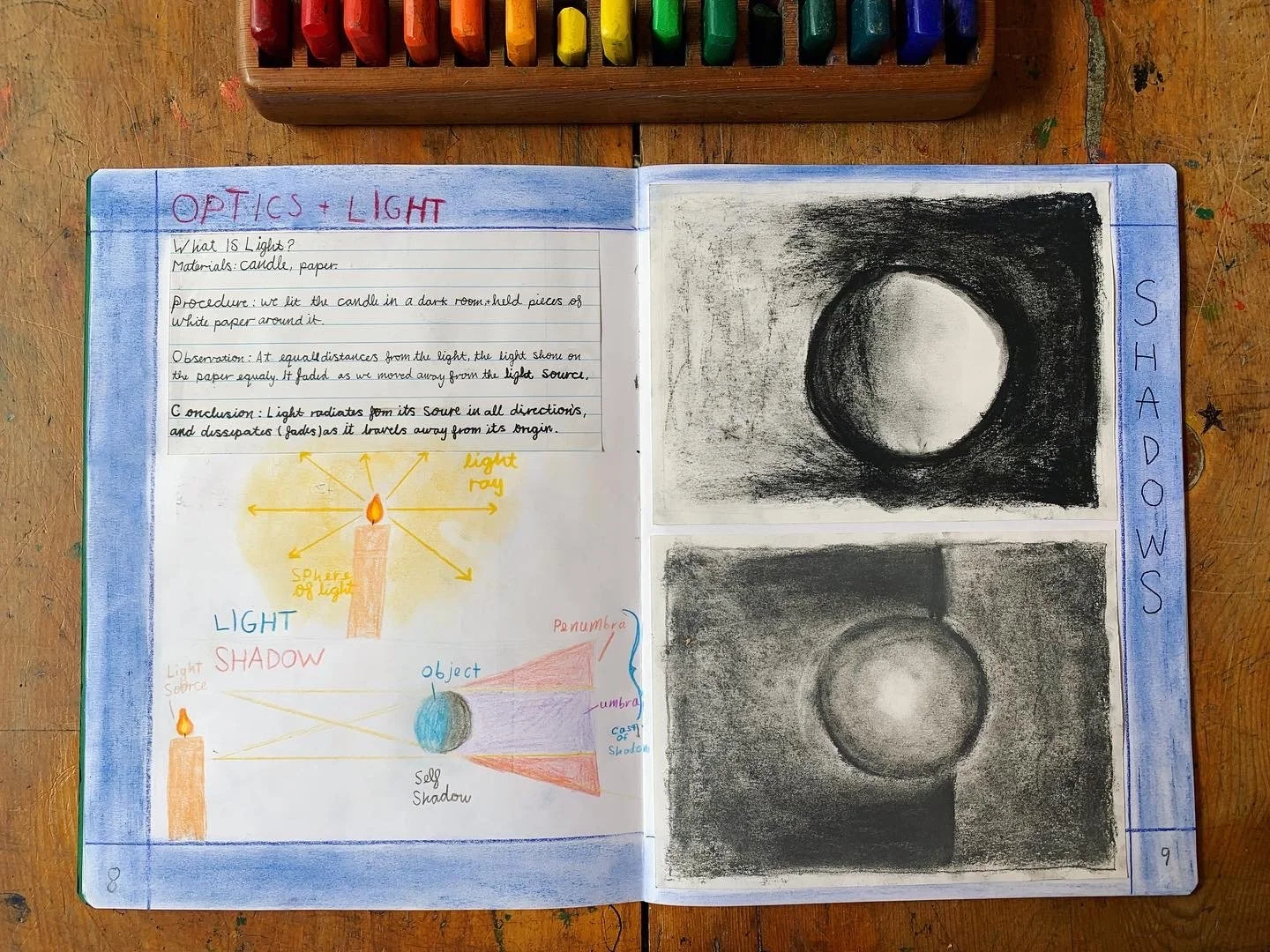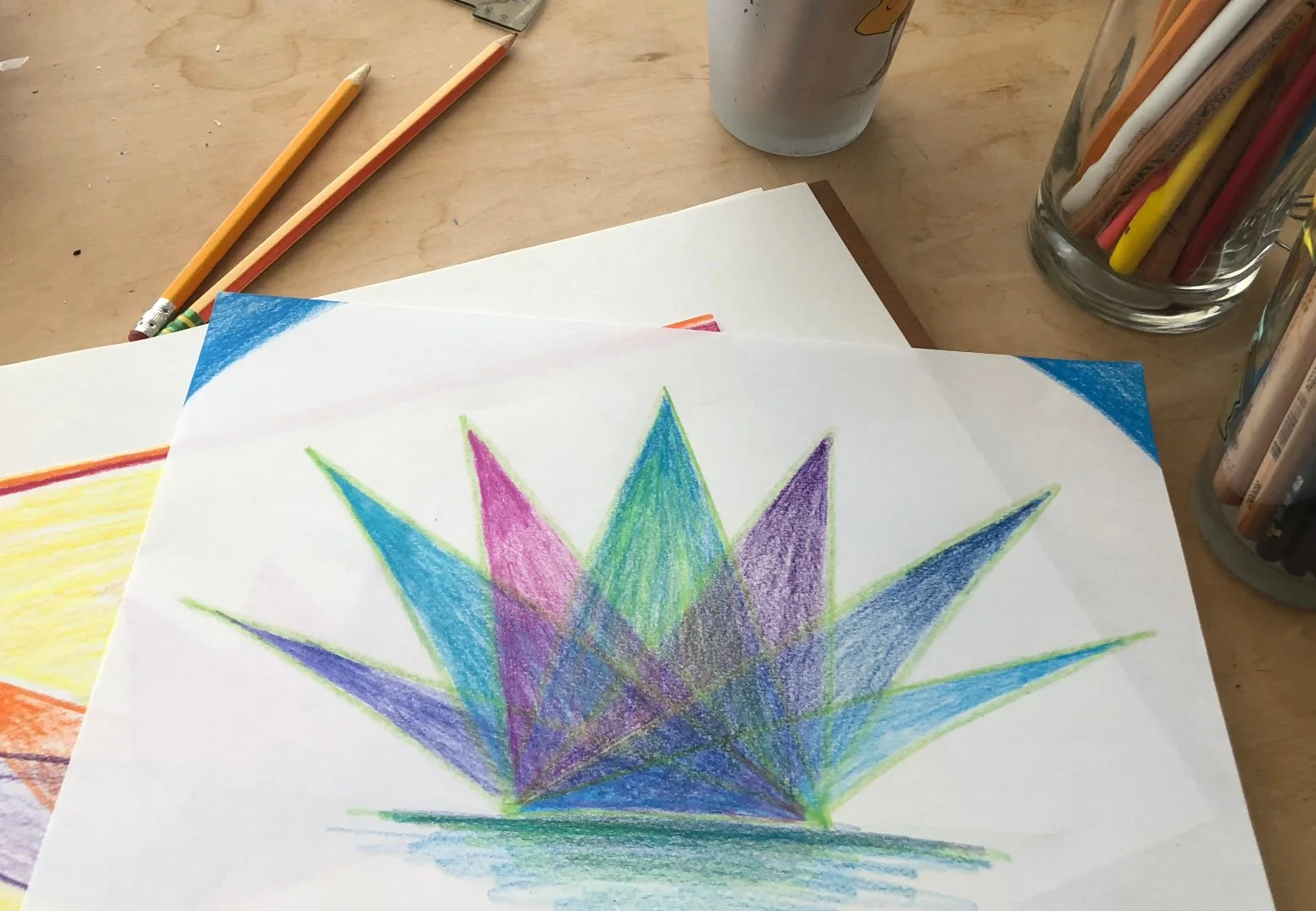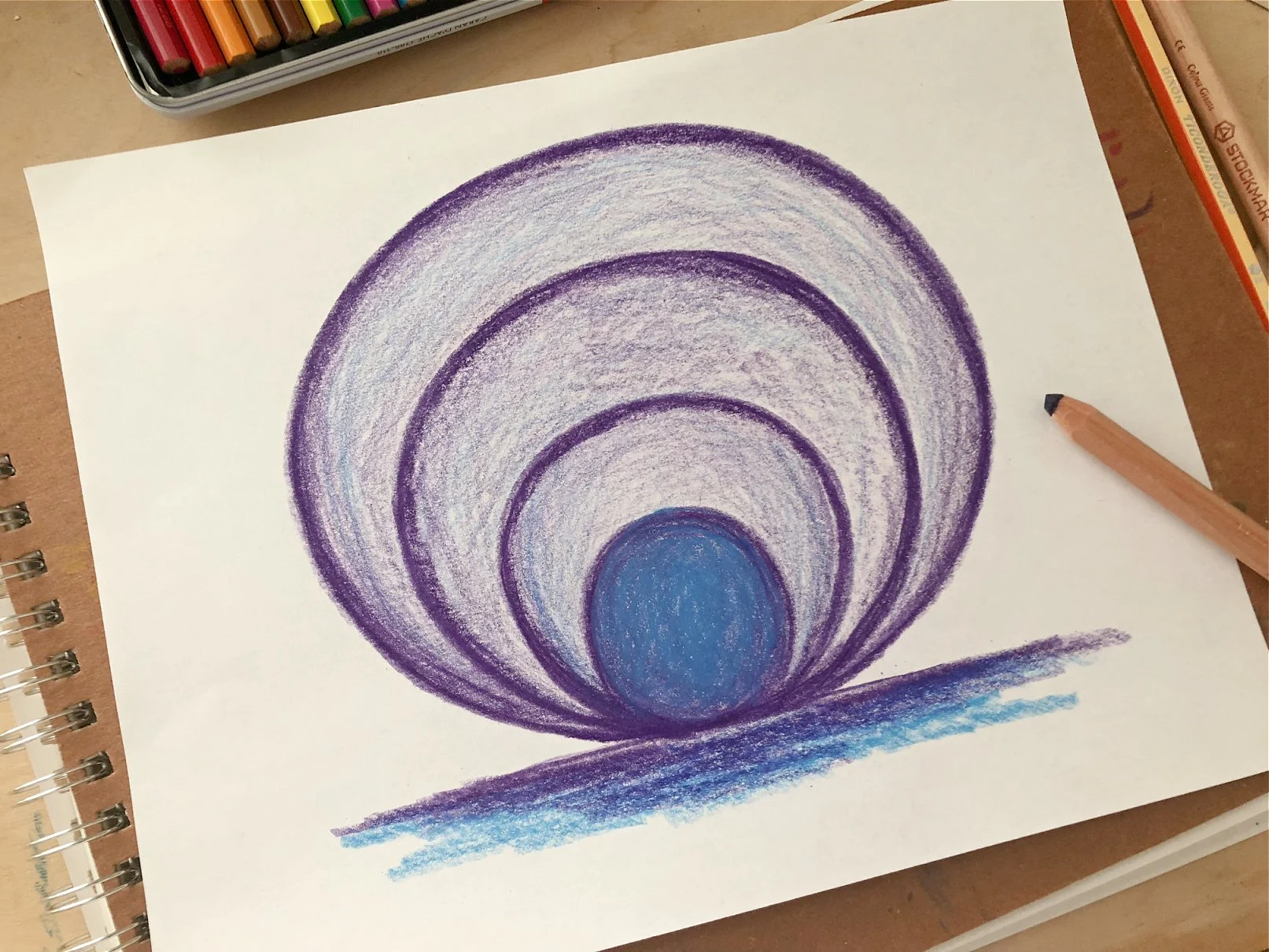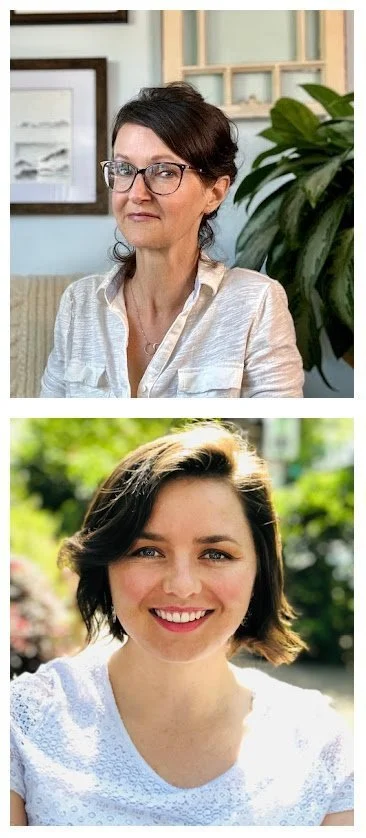The Human Form in Motion: Why Figure Drawing Belongs in the Middle Grades of Waldorf Education
Figure drawing can be a simple activity that provides meaningful impact.
By the time a Waldorf student reaches seventh and eighth grade, their curriculum takes a bold step into the world of ideas, invention, and individuality.
They study anatomy, physiology, physics, chemistry, art history, and revolutions - both industrial and ideological. The thread running through all these blocks? A deeper understanding of the human being - not only how we function, but how we think, evolve, and express ourselves in the world.
It’s no coincidence that this is also the time when figure drawing steps into focus in a new and meaningful way.
A Longstanding Thread, Now Evolving
Figure drawing has always had a place in Waldorf art education. It shows up in the second grade Saints drawings, fourth grade Man and Animal block, and sixth grade portrait studies. But in the middle school years, this thread weaves into something more intentional and mature.
Figure drawing is an ancient practice.
Seventh and eighth graders no longer draw the human figure as a character in a story or a part of a historical tale. Instead, the human figure becomes the subject itself. This shift mirrors the adolescent’s changing worldview. Just as they begin to examine themselves and their peers more deeply - physically, socially, emotionally - they’re asked to do the same on the page.
Here, artistic expression and realism come together in a new way. Students learn the proportions of the human body, how bones and joints support movement, and how posture and gesture communicate emotion. It’s a beautiful marriage of observation and imagination.
From Observation to Expression
In the middle grades, we often begin with gesture drawings - quick, expressive sketches that capture movement rather than detail. A person walking, reaching, twisting - these simple poses invite students to see the body not as a fixed form, but as something alive, dynamic, and expressive.
Proportional studies also begin here. Students explore relationships:
How many “head lengths” tall is an average adult?
How wide are the shoulders compared to the head?
Where do the wrists fall in relation to the hips?
But it doesn’t stop at measurement. These explorations naturally spark deeper conversations:
How does one communicate bravery with their body? Sadness? Anxiety? Confidence?
What does it mean when someone stands tall with arms relaxed at their sides versus hunched with a lowered head?
This is more than drawing—it’s social-emotional learning through art.
Don’t hesitate, give figure drawing a try!
A Crucial Conversation for the Middle Grades
This kind of artistic inquiry is especially meaningful in middle school. Students are developing new social awareness. They’re navigating friendships, boundaries, and identity. Understanding how humans communicate through non-verbal cues- and how to observe them objectively - is powerful. It fosters empathy and self-awareness.
Here, the educator’s role is to shift focus from scrutiny to celebration. We are not drawing to judge or idealize the body, but to appreciate its ability to balance, to express, and to move with intention
Bringing in Art History & Storytelling
Art history naturally enriches figure drawing work. Classic paintings and sculptures offer timeless examples of how gesture communicates.
What emotion was Emanuel Leutze trying to convey by painting George Washington standing tall in profile, chin up, gaze forward in Washington Crossing the Delaware?
What story were early cave artists telling when they etched upright warriors, spears in hand, into stone?
What does a dancer’s curved spine and extended arms express in Degas’ sketches?
There are no wrong answers - only opportunities for discussion.
This is what figure drawing in middle school offers: a chance to merge observation, interpretation, and personal insight.
For Parents and Educators Supporting This Work
Process over product, and enjoy!
If you feel unsure about your own drawing skills, take heart. You don’t need to be a professional artist to guide this work! What matters is modeling curiosity, showing up alongside your child, and being open to discovery.
At Waldorfish, we teach figure drawing as a progression - one that’s developmentally appropriate and inviting, not intimidating. In our Diving Deeper course (the next step after Weekly Art Foundations), we offer guided lessons in gesture drawing, proportion, and expressive form - designed with middle schoolers and their parents in mind.
Ready to Take the Next Step?
If you’re looking to deepen your middle schooler’s Waldorf art education, explore our Weekly Art Diving Deeper course.
It’s the perfect companion to the growth, complexity, and creativity blooming in your students at this stage.
About the Authors
Robyn Beaufoy is Waldorfish’s CEO, and also a course instructor for Simple Season, Waldorf Art for Beginners, and Weekly Art Foundations. You’ll find her intuitive touches and influences throughout everything Waldorfish offers. Robyn has been in the world of education for over 25 years, with an MA in Education and a certification in Waldorf teaching - she also homeschooled both of her children for some of that time. In 2012 Robyn co-founded Waldorfish.com, creating it with the vision of making Waldorf inspired-art and pedagogy more accessible, joyful, and doable for homeschoolers all over the world.
Caitlin Amajor is Waldorfish’s course instructor for Geometry grades 5 & 6, and Botany, as well as our Administrative Assistant. From a young age, Caitlin has been immersed in Waldorf education, attending a Waldorf school from K-8. After receiving a BA in History, Caitlin gained her certification in Waldorf teaching, and spent seven years as a Waldorf class teacher in the upper grades. With a special fondness for watercolor painting and geometry, Caitlin loves bringing Waldorf education to her students all over the world, and seeing their own individuality and style bloom from the curriculum!

